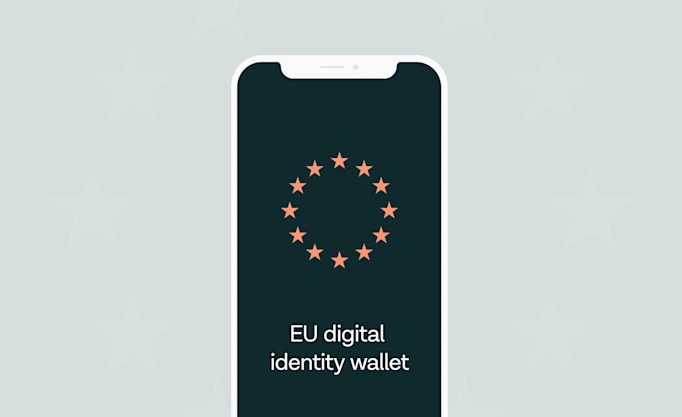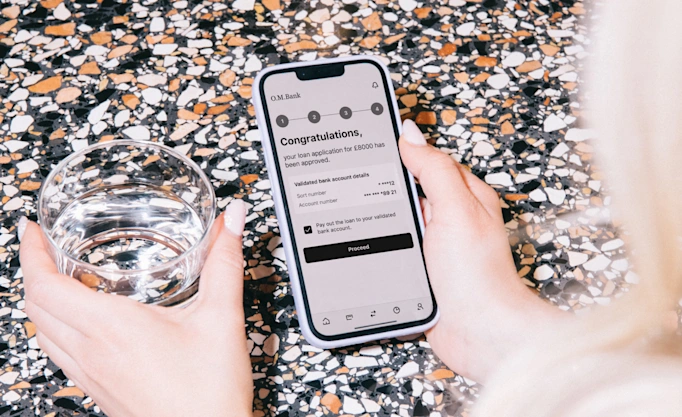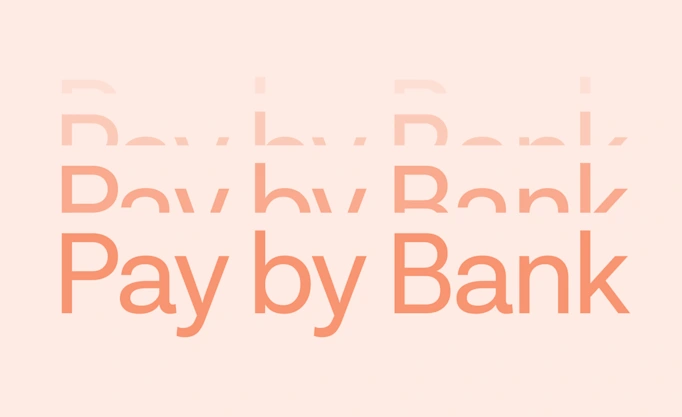Unsure how open banking payments can help your business? We can show you where they’re booming

In this blog series, Tom Pope, head of payments and platforms at Tink, explains where open banking payments are gaining the most traction – and why the big opportunities are emerging now. Here’s part one.
Open banking payments are booming, but the growth story isn’t as obvious as you might think.
eCommerce isn’t necessarily the area where open banking payments will scale today.
Open banking payments aren’t simply replacing a clunky experience with a smooth one – the power is combining payment services with data.
Open banking payments are taking off across Europe. It’s a statement we hear a lot: there is a financial revolution taking place and the consumer experience is being transformed. While there’s a lot of truth to these statements, the real growth story in open banking payments isn’t as obvious as you might think.
‘People who believe that open banking payments can overnight become the dominant payment method at eCommerce checkouts are, in my opinion, being a bit naive.’ It’s a strong opener from Tom Pope, head of payments and platforms at Tink, when we sat down to quiz him about the future of the payments industry.
‘eCommerce checkout payments are just not necessarily a big problem area for merchants. Of course there are issues to tackle there, but a lot of the incumbent payment methods already offer a fundamentally great user experience – and it’s user experience which matters most.’
‘Where open banking comes in, and where we see it having the most success in payments right now,’ he adds, ‘is in applications where the user journey of the incumbent payment method is clearly deficient. It’s about taking a previously neglected user experience, and making it a competitive advantage.’
What’s an open banking payment anyway?
In order to go deeper into where open banking payments are having the most traction, we first asked Tom to explain how it all works. ‘With open banking payments, you don’t need coins, notes, cards, or a good memory for long numbers. All a payment needs is your permission. And the permission is granted directly using the provider the consumer trusts the most – their bank.’
In essence, an open banking payment, often called Pay By Bank, is a transfer of money from one bank to another. It’s initiated by a technology provider through an API (Application Programming Interface: a way to allow programs to talk to each other), but importantly, the user journey is completely embedded within the payment service provider (PSP) or merchant’s own environment. The payment is then authorised using the bank's own app or system. It’s secure, it’s frictionless and it puts businesses in control of the user experience.
‘The most important thing for any business is the experience they offer their customers,’ says Tom. ‘Time and time again, we see that the ones who can offer the slickest and smoothest onboarding or payment experience will be able to generate more revenue, and have happier customers.’
‘The great thing about open banking payments is that it’s the first time businesses can properly control the user experience. They don’t have to have a separate payment brand involved or redirect someone to a different log-in, which consumers hate. They retain control of the checkout experience. And with open banking, because users simply link to their bank account, authenticate their identity, and pay with a brand that they already trust the most (their bank), it leads to near-perfect end-to-end success rates.’
‘The fact that open banking is also low cost, as a result of there being fewer actors in the chain, is also a benefit that everybody feels.’
Not a like-for-like payment replacement
But open banking is about more than simply replacing a clunky or expensive payment experience with a superior one. The ace in its back pocket is the power of combining payment services with data.
‘When we can bring account information services and payment services together,’ says Tom, ‘we can create something that is far better than just switching from one type of payment service to another. For example, if you are topping-up a crypto or investment account, it’s enormously valuable to the account provider to receive the account holder’s name and the IBAN within the same API response as the payment confirmation. That helps with Know Your Customer (KYC) and Anti Money Laundering (AML) obligations, and enables them to have a much better understanding of the user than they would with a straightforward account top-up payment.’
‘In fact, in some markets in Europe like Germany, ID matching is sufficient for KYC purposes. You can fall back on the ID that comes through the API call from the bank, because the bank has already done KYC on the customer. In some markets, we’re also starting to see the potential expansion of data to include information like age and address, which could make it a very powerful experience. The consumer could give their bank one consent with face ID on their mobile phone, and that consent could contain the authentication of them as a person, their age, their identity, and the authentication to complete the payment. That’s an example of bringing account information and payment information together, to create one superior product with a much more seamless experience than we see today,’ says Tom.
Read part two, where Tom lifts the lid on where open banking payments scale is happening, and if we’ve really hit the stage of mass adoption.
More in Open banking

2024-11-19
12 min read
From authentication to authorisation: Navigating the changes with eIDAS 2.0
Discover how the eIDAS 2.0 regulation is set to transform digital identity and payment processes across the EU, promising seamless authentication, enhanced security, and a future where forgotten passwords and cumbersome paperwork are a thing of the past.
Read more

2024-10-08
6 min read
Lending essentials: how enriched data solutions help lenders tackle constraints
Enhancing your affordability assessment with Tink’s data-enriched solutions helps you put an end to inaccurate data, prevent fraud in loan origination and stay compliant – read on to explore the benefits.
Read more

2024-09-24
4 min read
Why Pay by Bank fits luxury retail like a glove
Pay by Bank offers a solution that addresses the potentially higher transaction fees and fraud risks while enhancing the customer experience for luxury retailers.
Read more
Get started with Tink
Contact our team to learn more about what we can help you build – or create an account to get started right away.
